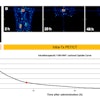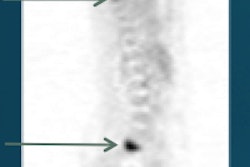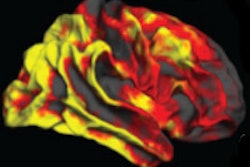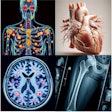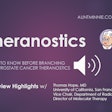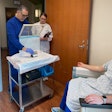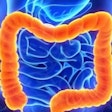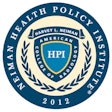Dear Molecular Imaging Insider,
Once again, this year's annual meeting of the Society of Nuclear Medicine and Molecular Imaging (SNMMI) in San Diego offered a wealth of new research, including more than 2,000 abstracts and poster presentations from around the world.
Among the new developments was a study from Memorial Sloan Kettering Cancer Center in New York City, where researchers used a novel radiotracer -- recently cleared for PET imaging of recurrent prostate cancer -- in breast cancer patients.
Fluciclovine, which was developed by U.K.-based Blue Earth Diagnostics, was successful in detecting local invasive ductal carcinoma and invasive lobular carcinoma, as well as unsuspected extra-axillary nodal metastases. Learn more in our Insider Exclusive.
In another presentation at the SNMMI annual meeting, researchers from Germany shared how they used three different radiotracers with PET to show that tau deposits may be more influential than amyloid accumulation in causing Alzheimer's disease. The PET images were so impressive that the team from the University Hospital of Cologne received SNMMI's prestigious Image of the Year award.
Along similar lines, researchers from the University of Wisconsin at Madison and the University of Pittsburgh Medical Center used carbon-11-labeled Pittsburgh Compound B with PET to track an unusual increase in beta-amyloid plaque in the striatum region of the brain among people with Down syndrome.
FDG-PET remains a tried-and-true predictor of treatment response and outcome for breast cancer patients with metastatic bone lesions, according to a study presented at the SNMMI meeting by a team from the Seattle Cancer Care Alliance and the University of Washington.
The Michael J. Fox Foundation also generated excitement with its plan to award a $2 million prize for the development of a PET tracer to visualize alpha-synuclein, a key protein in Parkinson's disease.
Stay in touch with the Molecular Imaging Community over the weeks ahead as we report on more research from SNMMI's annual meeting.



